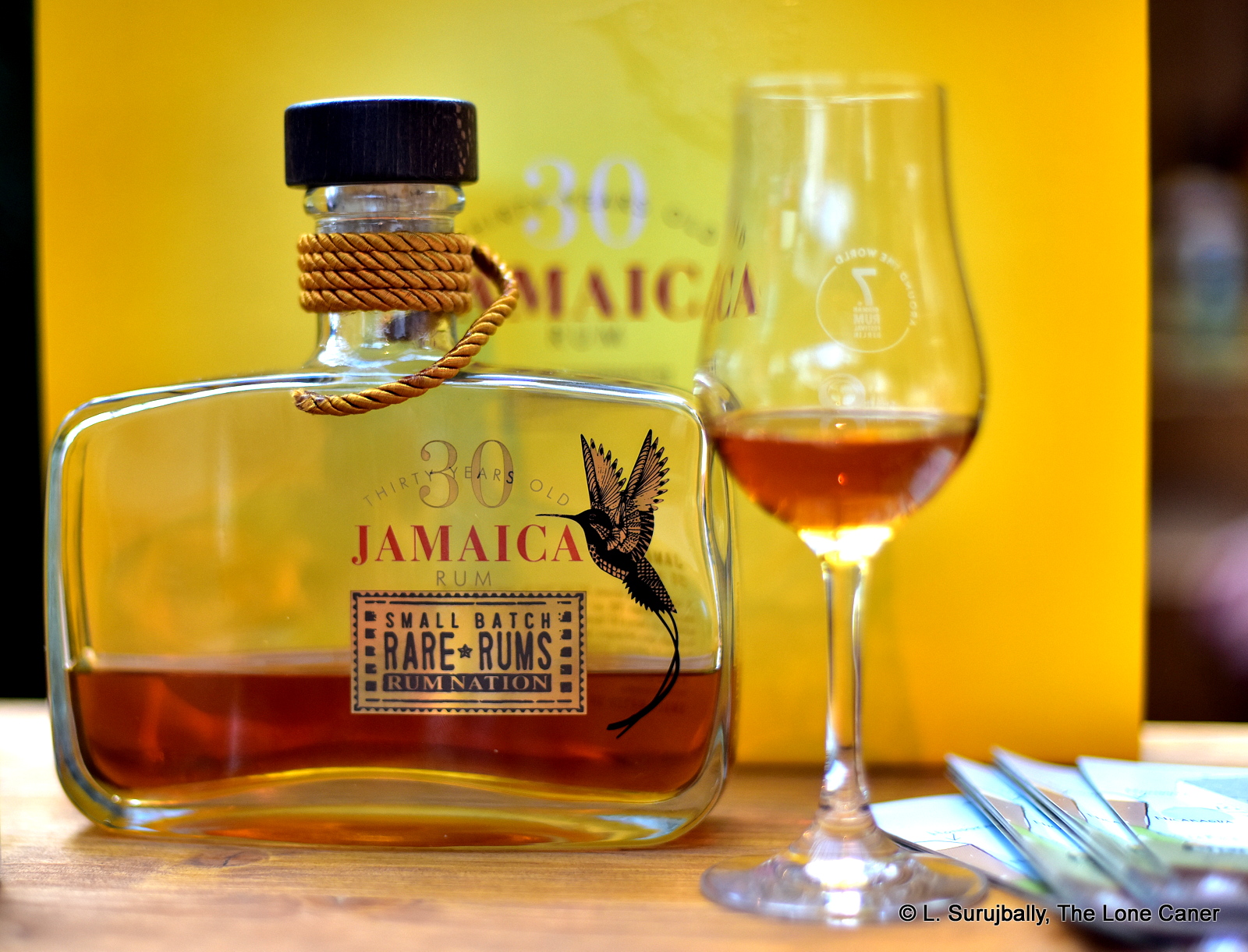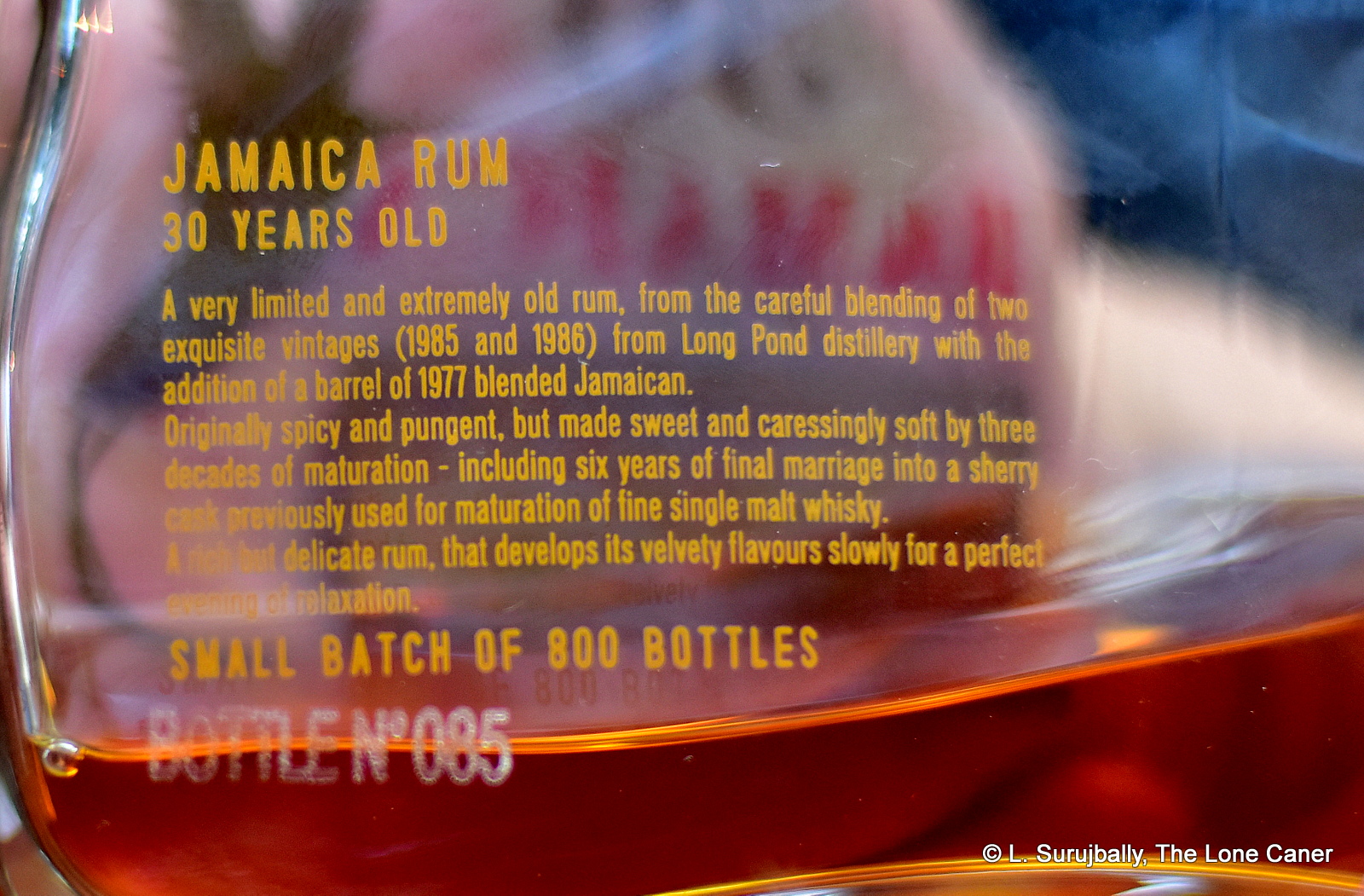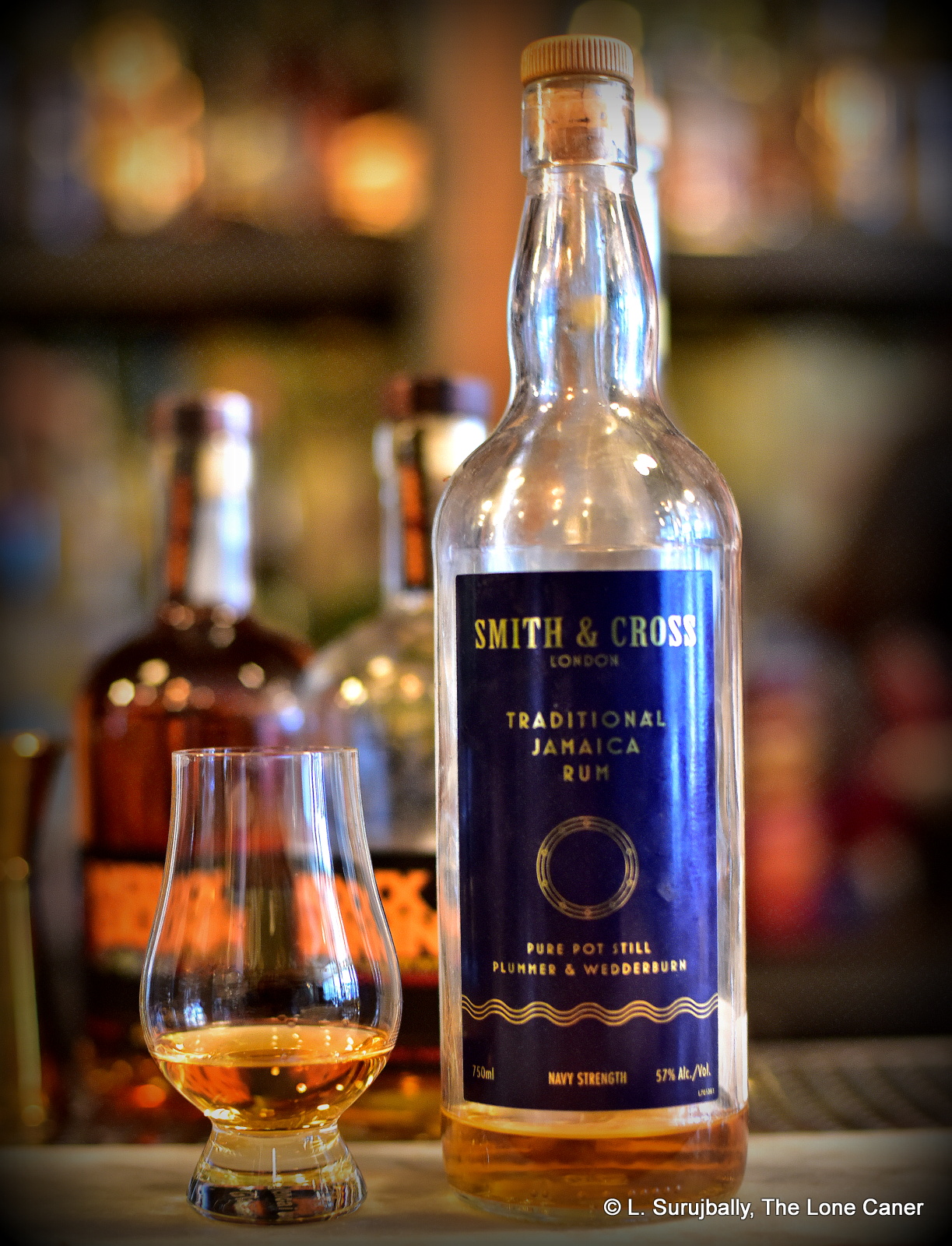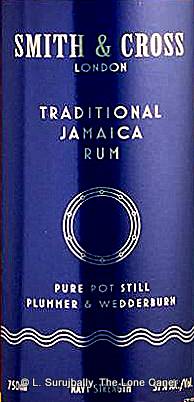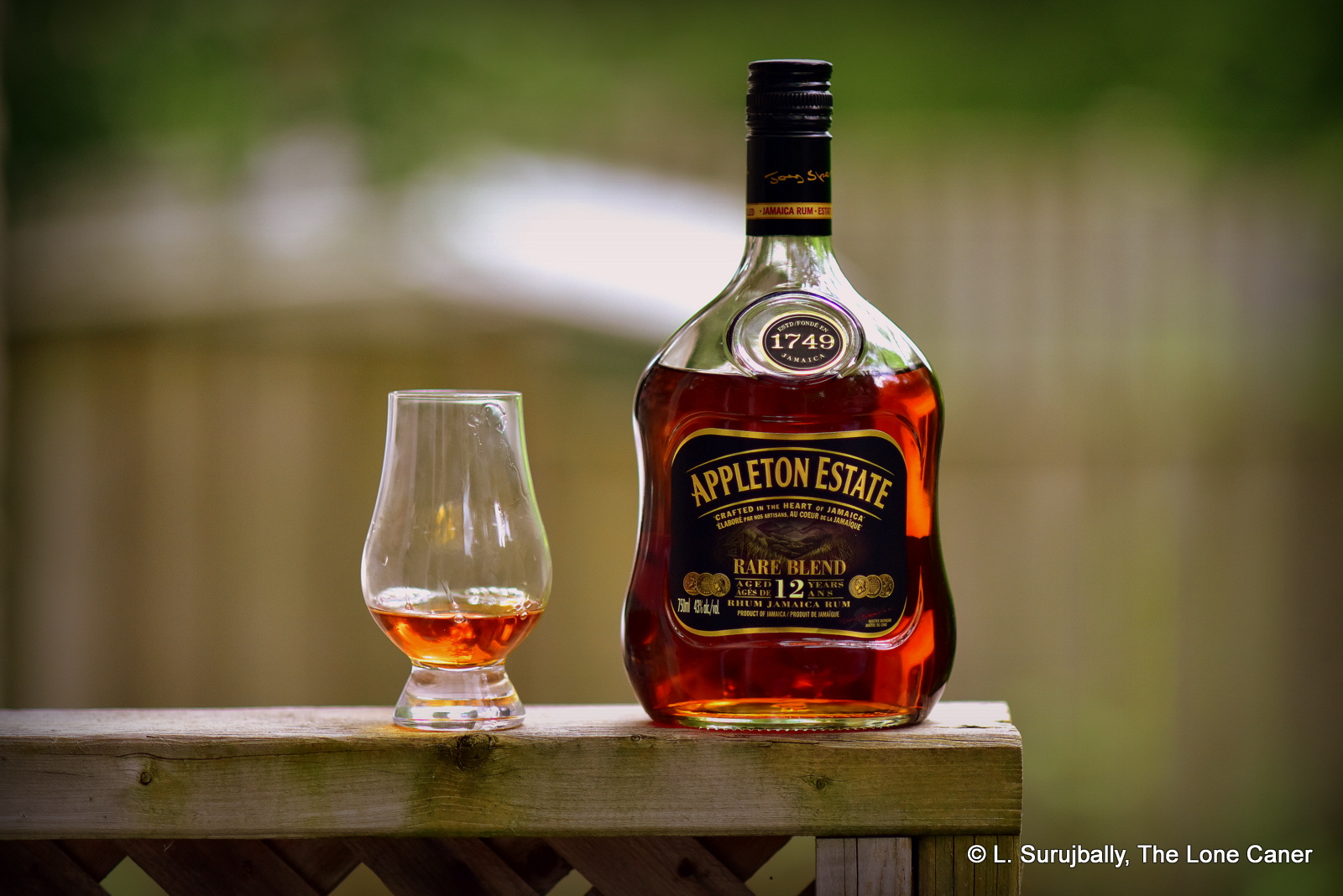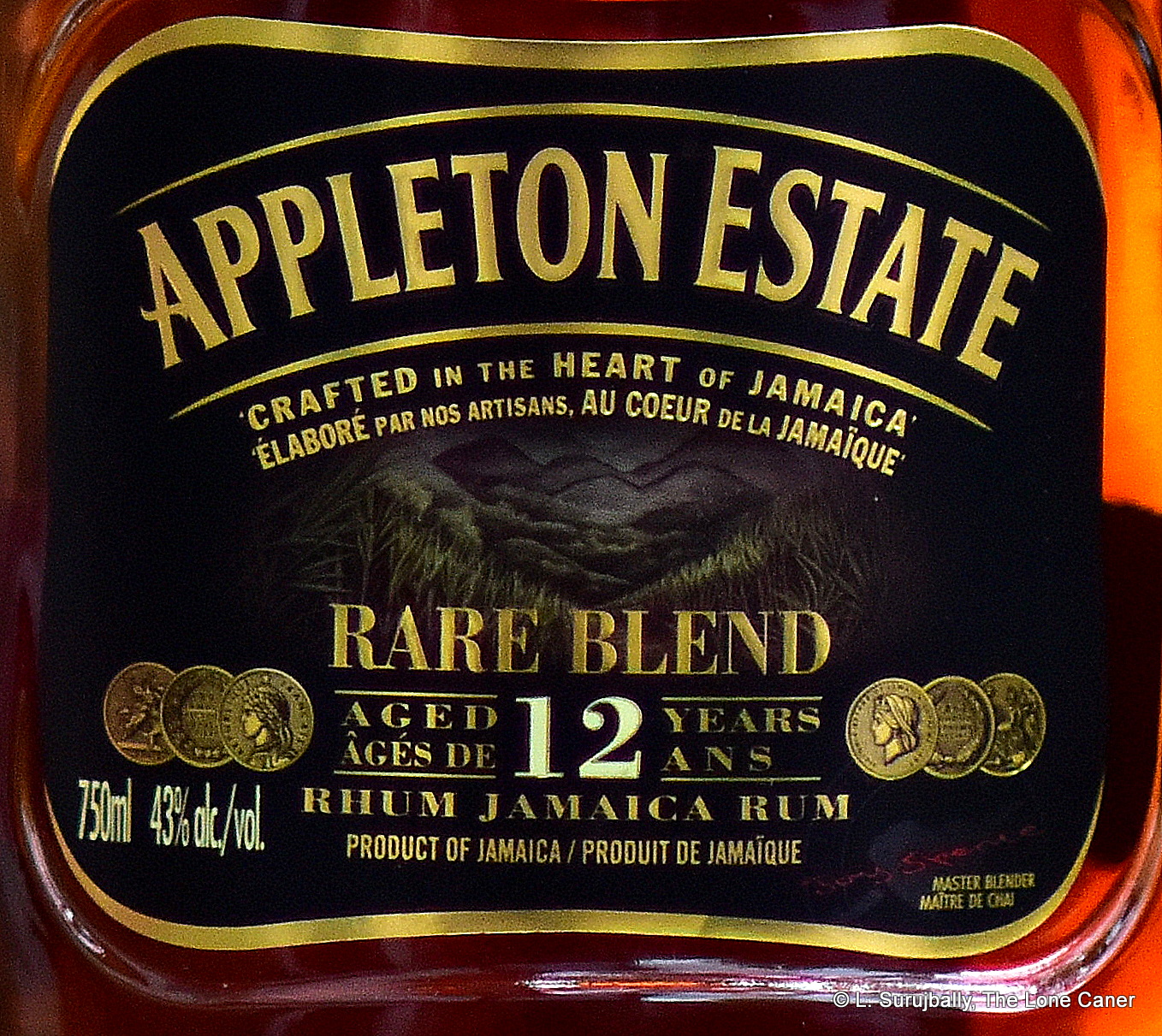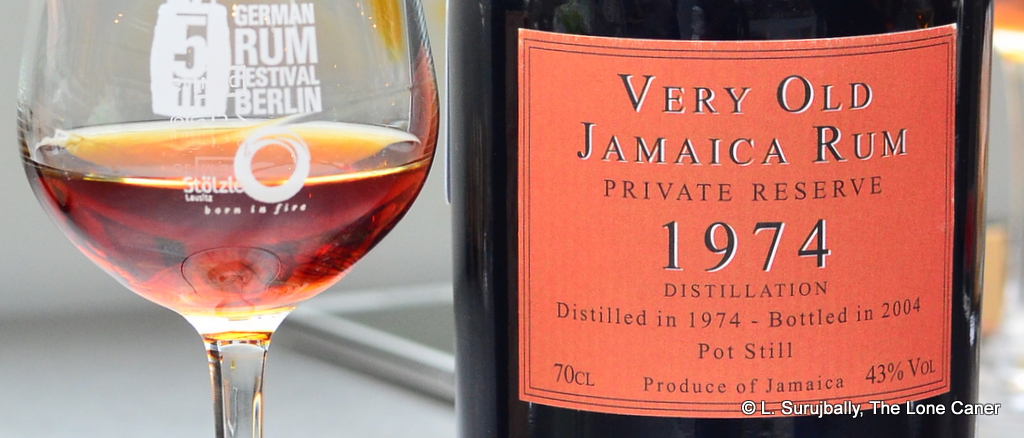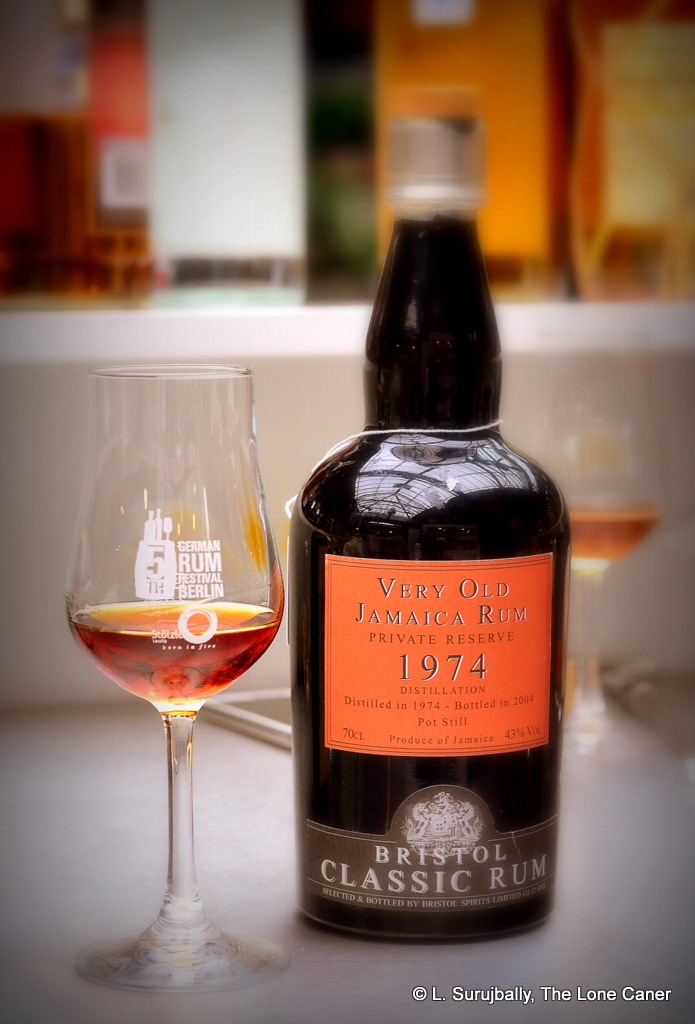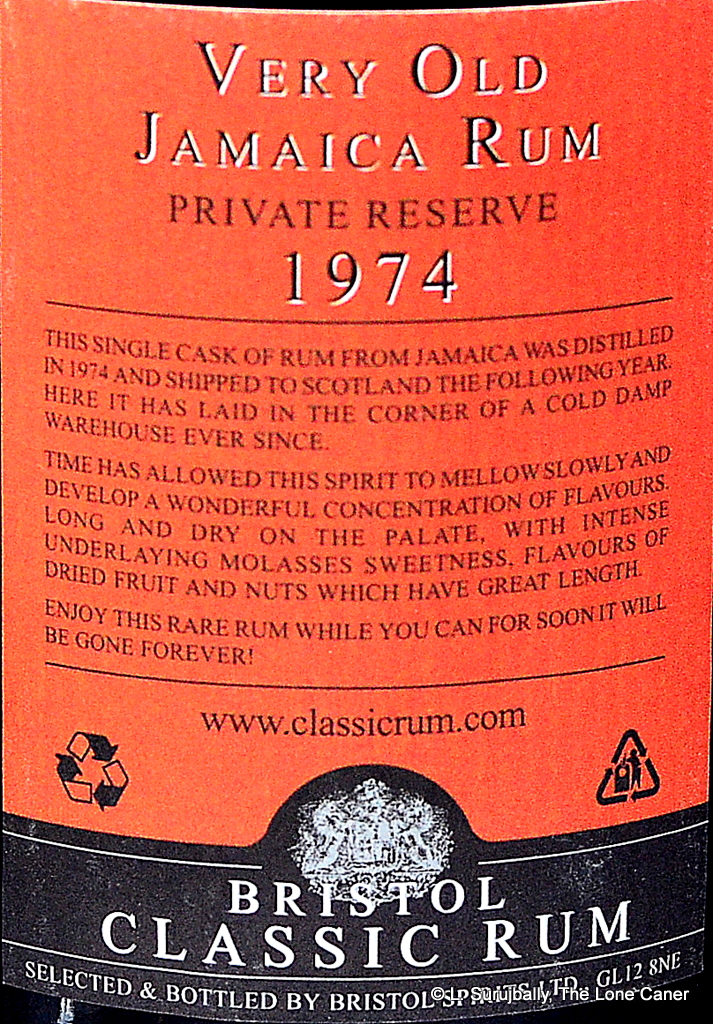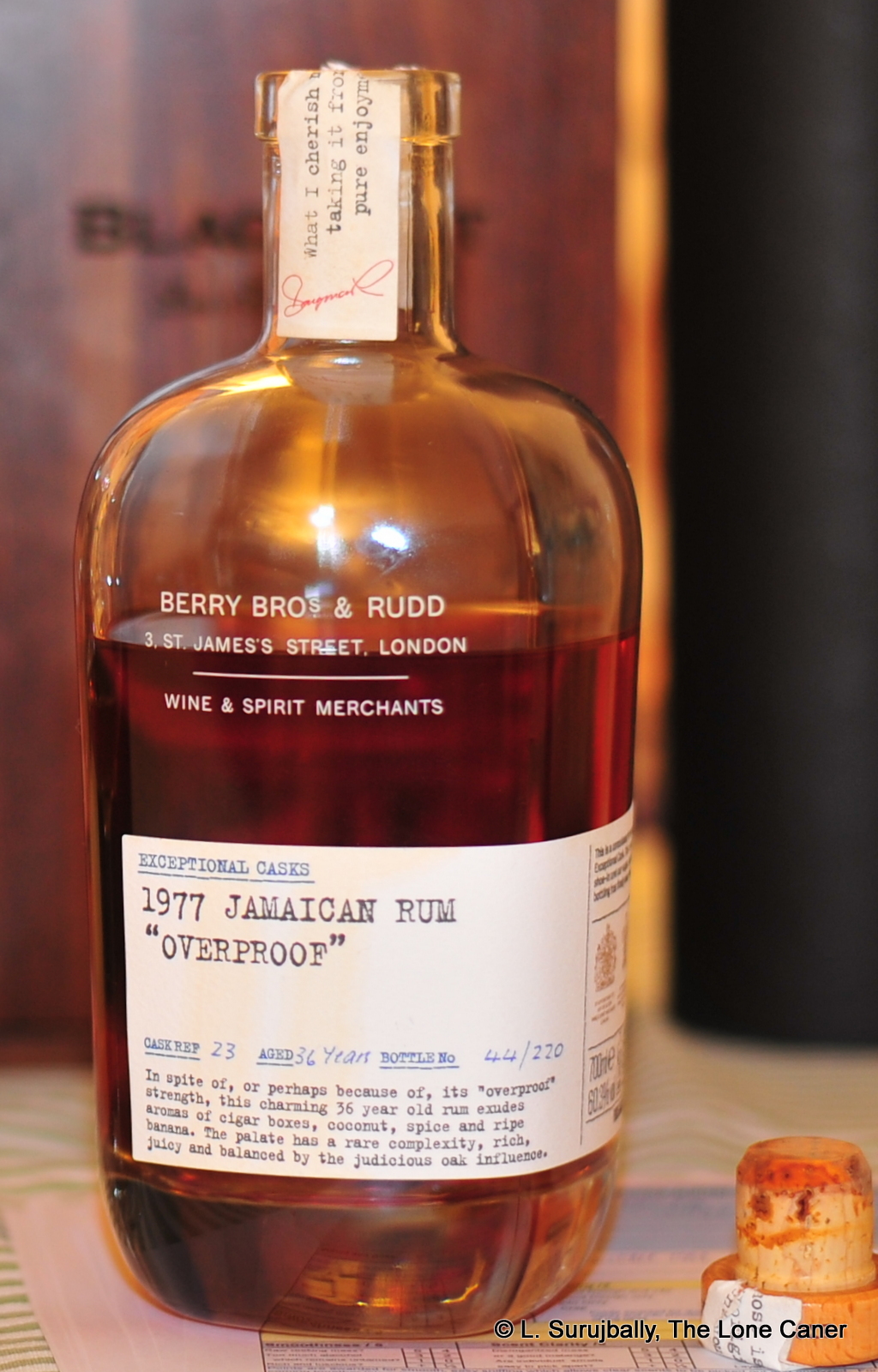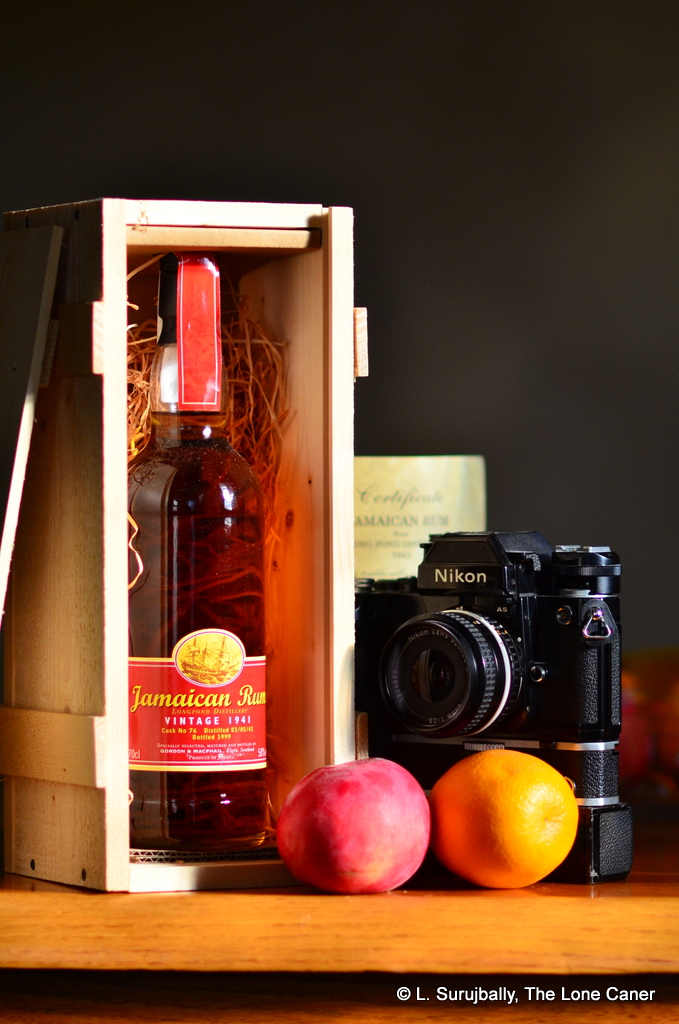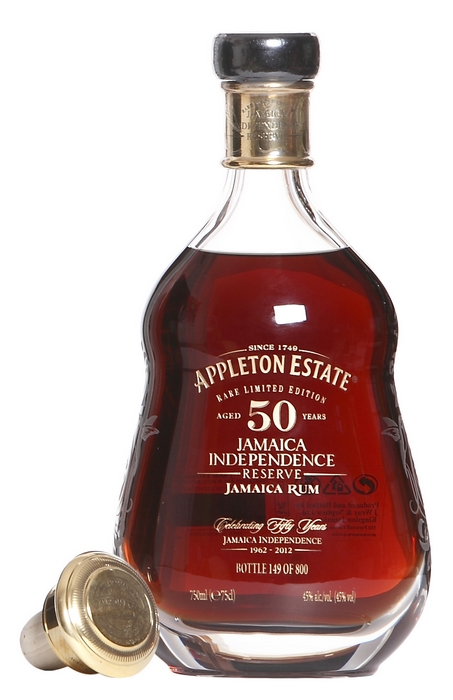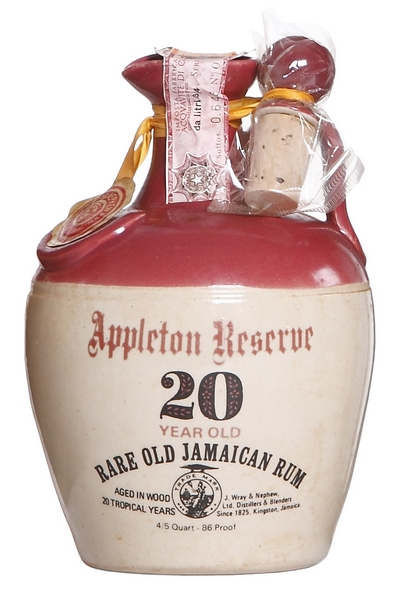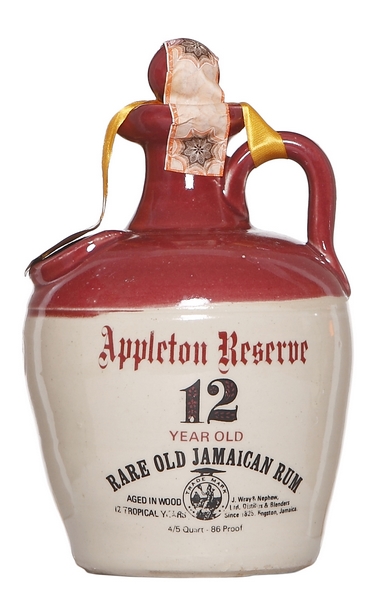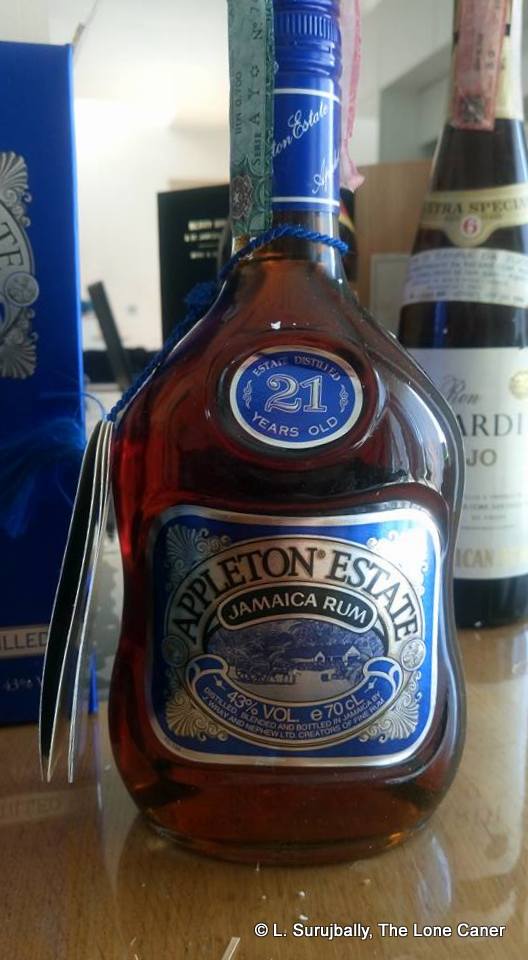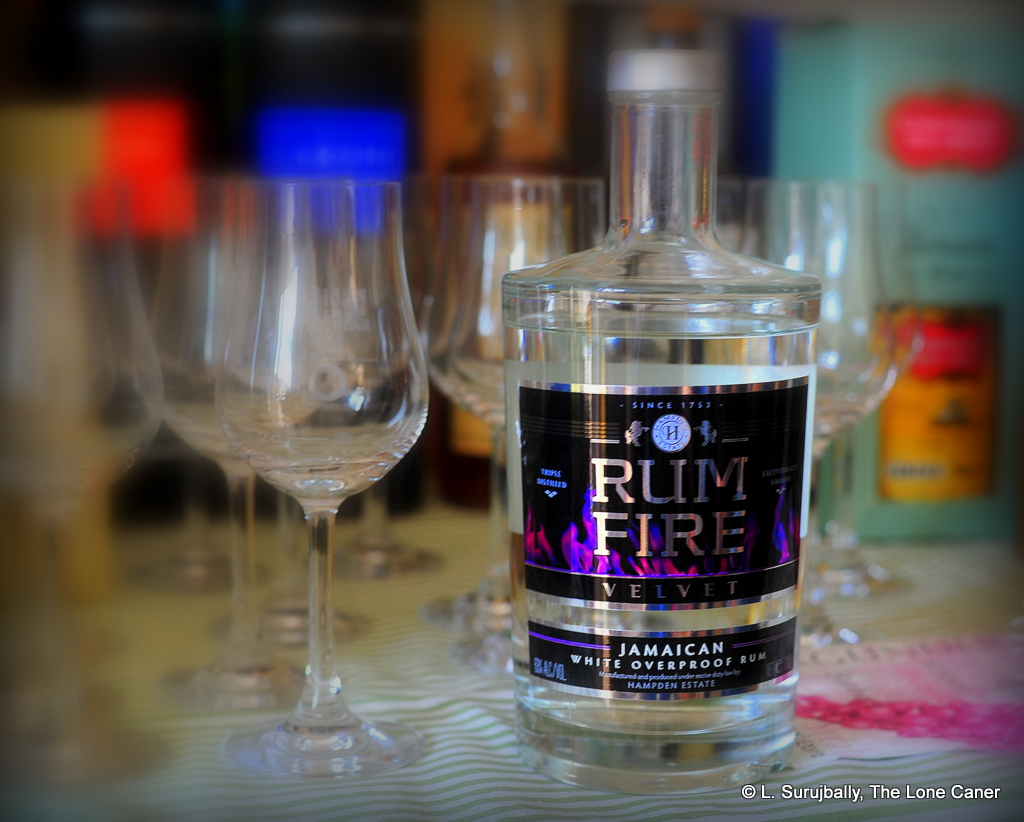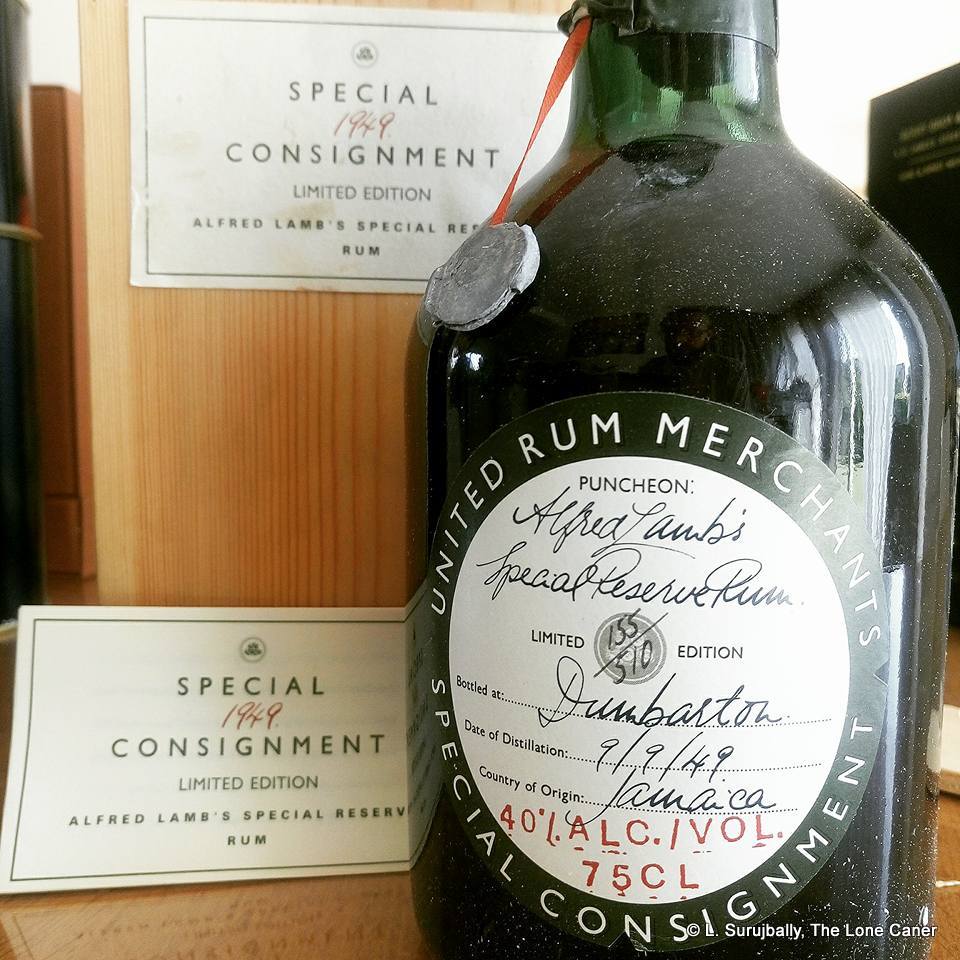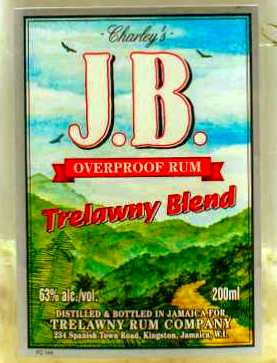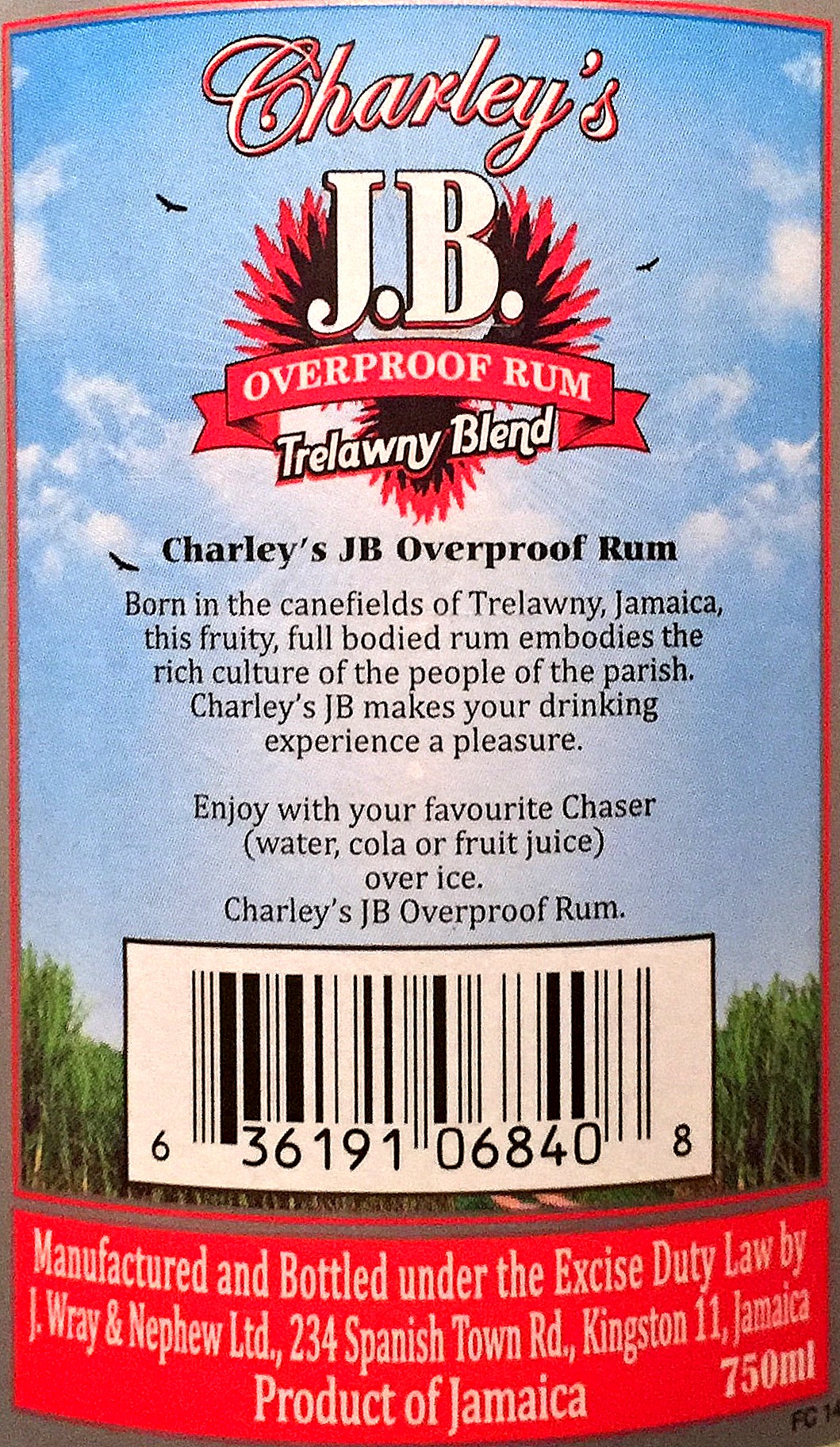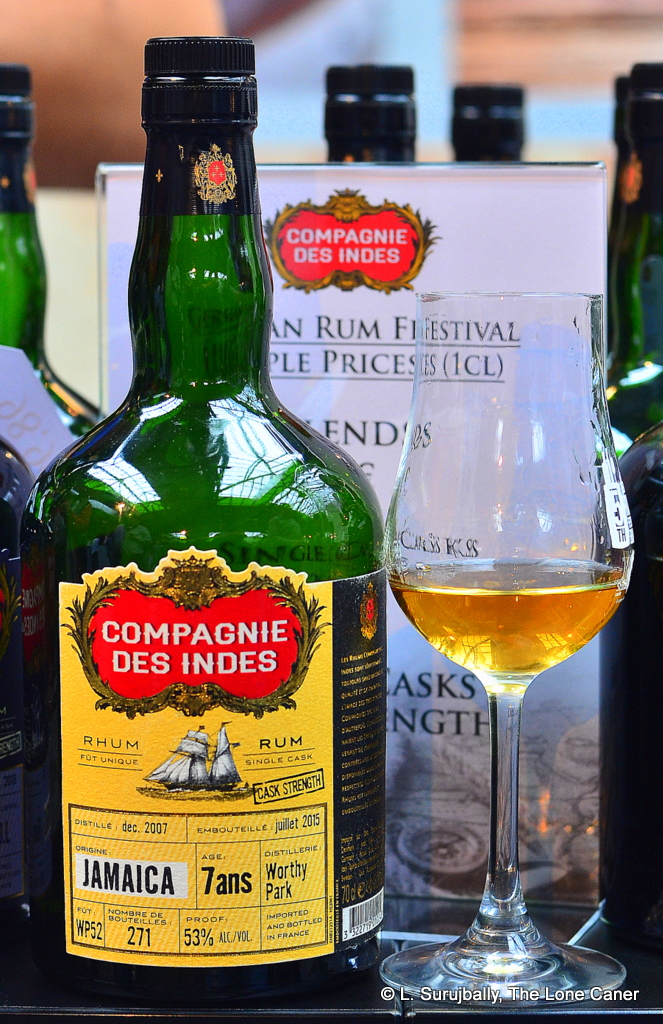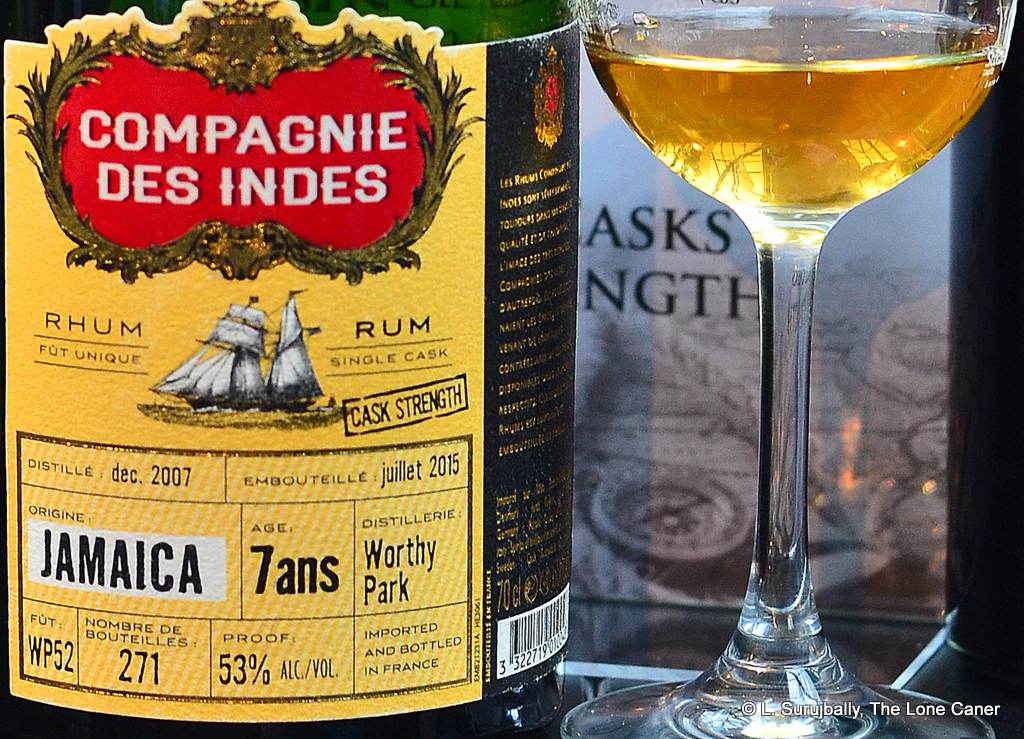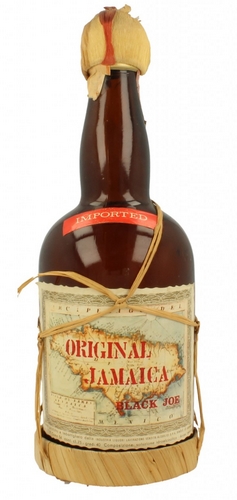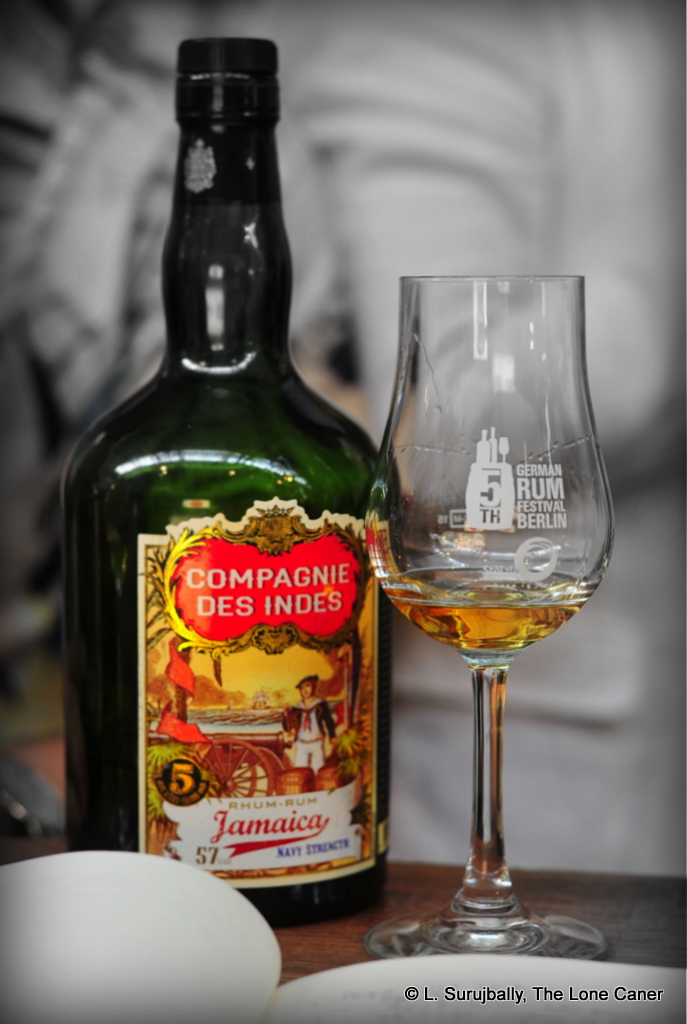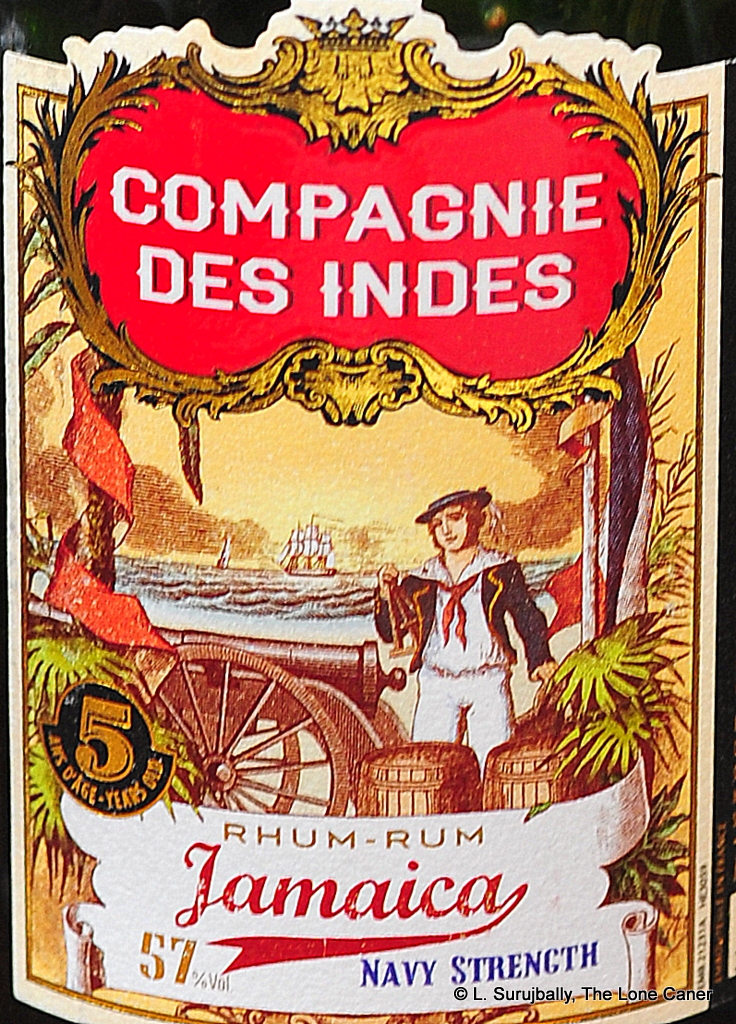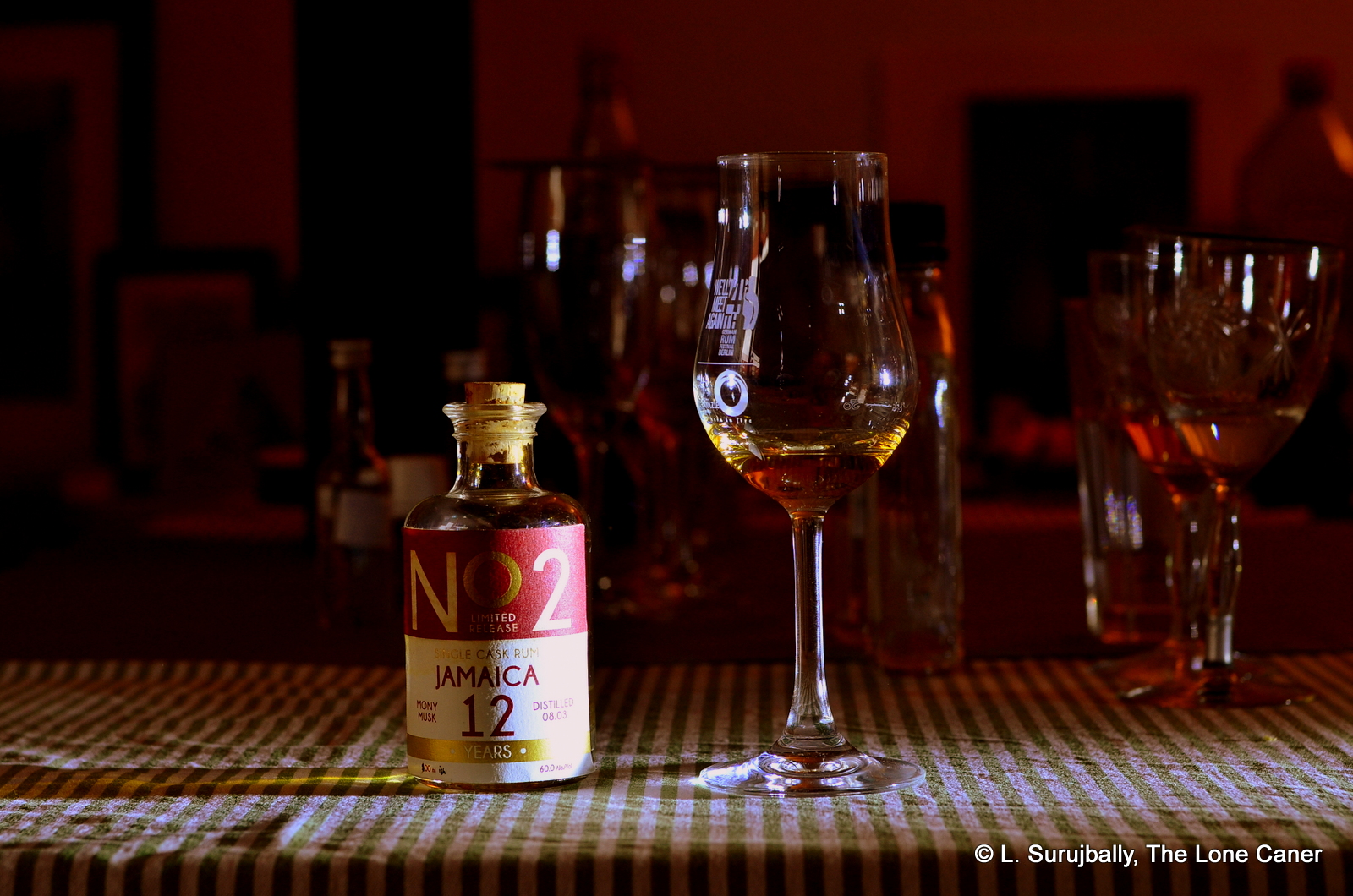
#474
Much like L’Esprit from Brittany, Ekte out of Denmark kinda flies under the radar, but both for their sense of humour (similar to the SMWS if you ask me) and their (extremely) limited edition bottlings, they should not be forgotten just yet. They came on the scene in 2015 at the UK Rumfest with a bunch of blends and limited releases, and the following year they passed through Berlin, where I tried the subject of this review, the No. 2 from Jamaica…and let me tell you, it’s no slouch on its own terms: actually, it’s quite an animal.
Like so many independents out of Europe, Ekte is the brainchild and inspiration of a single individual, the deprecatingly-named Rum Geek Extraordinaire of the Rum Club Copenhagen, Mr. Daniel Bascunan, who actually hails from Chile but followed the rum trail to its lair in Denmark, which may be the single most rum-crazy nation in Europe (and yes, that includes the UK). In 2004, he opened a cocktail bar called Barbarellah in Copenhagen and its collection boasted some 170 rums; its successor bar the Rum Club, located in the Latin Quarter, has somewhere around 500, if not more by now. In 2013 or so he was approached by a Danish liquor store chain to develop a rum range for the Scandinavian market, and with some early work in blends (which remains ongoing), he released some single cask fullproof rums from Panama (No 1), Jamaica (No 2 and 4), Nicaragua (No 3), Guyana (No 5 and 6). I don’t know whether more are on the horizon, but if the No. 2 was anything to go by, let’s hope he never stops.
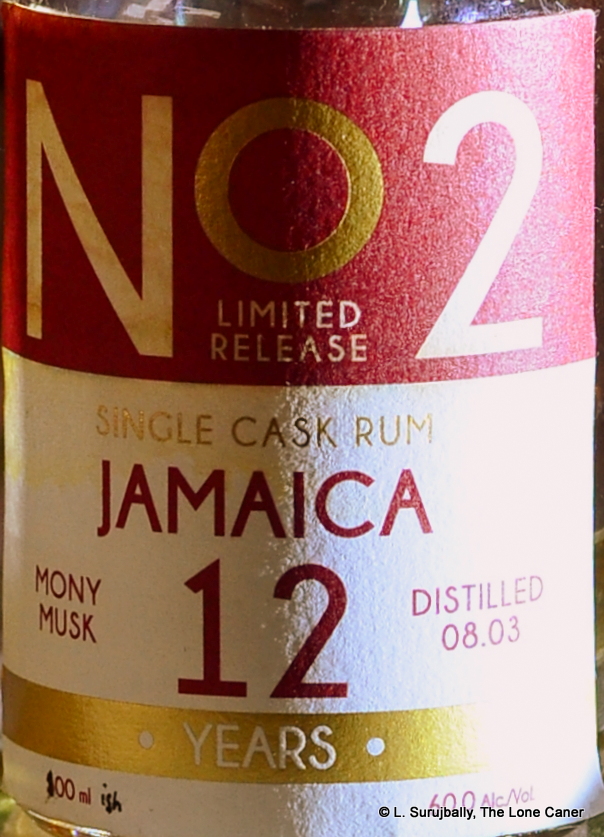 Now, the No. 2 hails from Monymusk, and I have not had that much experience with the all-but-unknown brand — few outside Jamaica have, though this looks like it’s changing as Jamaica blasts off on the world rum scene again. Permit me to walk you through a quick ovastandin’ of the structure. A sort of consortium was created in 2006 which comprised of the Jamaican Government, WIRD out of Barbados and DDL out of Guyana – they called it the National Rums of Jamaica and folded Clarendon, Longpond and Innswood under its umbrella (this was partly in an effort to stabilize prices and keep rum production going). Longpond — until very recently when Maison Ferrand bought a stake — was not doing much and Clarendon was the owner of the Monymusk distillery attached to the sugar factory of the same name, which in turn provided Innswood with distillate, with the latter acting as the ageing and blending facility. The house brand for NRJ is named Monymusk (not Longpond, Innswood or Clarendon, for whatever illogical reason). Just be aware that Clarendon Distillers Limited (the company) is the owner of the distillery that is attached to Monymusk Sugar Factory and you’ll be fine (the only other distillery in the Clarendon Parish is New Yarmouth, owned by Wray & Nephew).
Now, the No. 2 hails from Monymusk, and I have not had that much experience with the all-but-unknown brand — few outside Jamaica have, though this looks like it’s changing as Jamaica blasts off on the world rum scene again. Permit me to walk you through a quick ovastandin’ of the structure. A sort of consortium was created in 2006 which comprised of the Jamaican Government, WIRD out of Barbados and DDL out of Guyana – they called it the National Rums of Jamaica and folded Clarendon, Longpond and Innswood under its umbrella (this was partly in an effort to stabilize prices and keep rum production going). Longpond — until very recently when Maison Ferrand bought a stake — was not doing much and Clarendon was the owner of the Monymusk distillery attached to the sugar factory of the same name, which in turn provided Innswood with distillate, with the latter acting as the ageing and blending facility. The house brand for NRJ is named Monymusk (not Longpond, Innswood or Clarendon, for whatever illogical reason). Just be aware that Clarendon Distillers Limited (the company) is the owner of the distillery that is attached to Monymusk Sugar Factory and you’ll be fine (the only other distillery in the Clarendon Parish is New Yarmouth, owned by Wray & Nephew).
Anyway, now that we’re soporific with all the history and need a bracer, what’s the rum like? Well, at 60% it wasn’t a soft and easy breath in the ear from your sweetheart promising all sorts of nice things that these PG-rated posts can’t describe. Oh no. It’s more like a harridan excoriating you after an all night pub crawl is my opinion. When I decanted it and took a first sniff, one of Ramsey Bolton’s starving mutts leaped out of the glass, went right for the throat…but once I wrestled it into submission, the nose was actually rather good (perhaps exciting might be a better word given the fierceness of the initial attack) – rubber, acetone, furniture polish, hot and very spicy, sour and slightly spoiled fruits, mostly bananas and oranges. It showcased Jamaican badass and funk in fine style all the way, adding more citrus, brine, black bread and cream cheese, lighter florals and bubble gum after opening up, and if one could disregard the fact that it looked like it was constantly spoiling for a fight, it actually presented as something more perfumed and crisp than I had been expecting.
The palate was where I felt the rum came into its own: it was like hot black overstrong tea (the sort that bushmen dump by the pack into a big-ass pot of water and let it boil for three days, with a snake head inside for “sum kick”), redolent of salt and wax, brine, olives, and fruit, lots of fruit, really gone over to the dark side. The best part about it all was that as it opened up, it developed even more: cardamom, cloves, vanilla, citrus, almonds and nougat, with some tartness coming through which had hints of ginips and soursop and unsweetened yoghurt. At 60% and with that kind of a crazy spirituous maelstrom, I would suggest some water might be advisable here, but if you’re of an adventurous disposition, take it as it is and enjoy the battle is my advice, because it sure isn’t meek, and wrestling with its pungent and fierce flavour profile is as enjoyable as all get out. Even the finish displayed some of that aggressive demeanour, being long, somewhat dry, and had some interesting closing notes of caramel, toffee, fruits, chocolate and sharp citrus to remember it by.
Given that only 270 500ml bottles were issued it’s not one of those rums that’s easy to find any more, and I suspect it remains mostly available in the home of those cask-strength-loving Danish boys who threatened to invade France if the Compagnie des Indes didn’t release full proofs in their country. Which is a shame, really, because if you like Jamaicans, if your thing is a powerful casker and if having a growly and jagged-edged rum attempt to beat the snot out of you around back is what tickles your johnson, then this is definitely one of the rums that should be on the top of your list to try. It’s that much of a blast to drink.
(88/100)
Other notes
- Distilled on copper pot stills.
- EKTE comes from the Danish word ÆGTE which means true or genuine (also “marriage”), and the capital letters were chosen for brand awareness.
- My single paragraph on the background of Monymusk was drawn from two excellent longform articles written by Matt Pietrek (plus some double checking he did for me on the fly), which should be required reading for rum geeks, one on Clarendon and Monymusk, the other on Innswood.
- A big hat tip to Henrik and Gregers, who brought this bottle along to the Caner Afterparty in 2016 — I’ve dented the sample rather badly on several occasions since then. Since I’m sure Henrik is going to be reading this, I’ll use the soapbox to bugle my request, nay, demand, that the RumCorner re-opens for business 🙂
